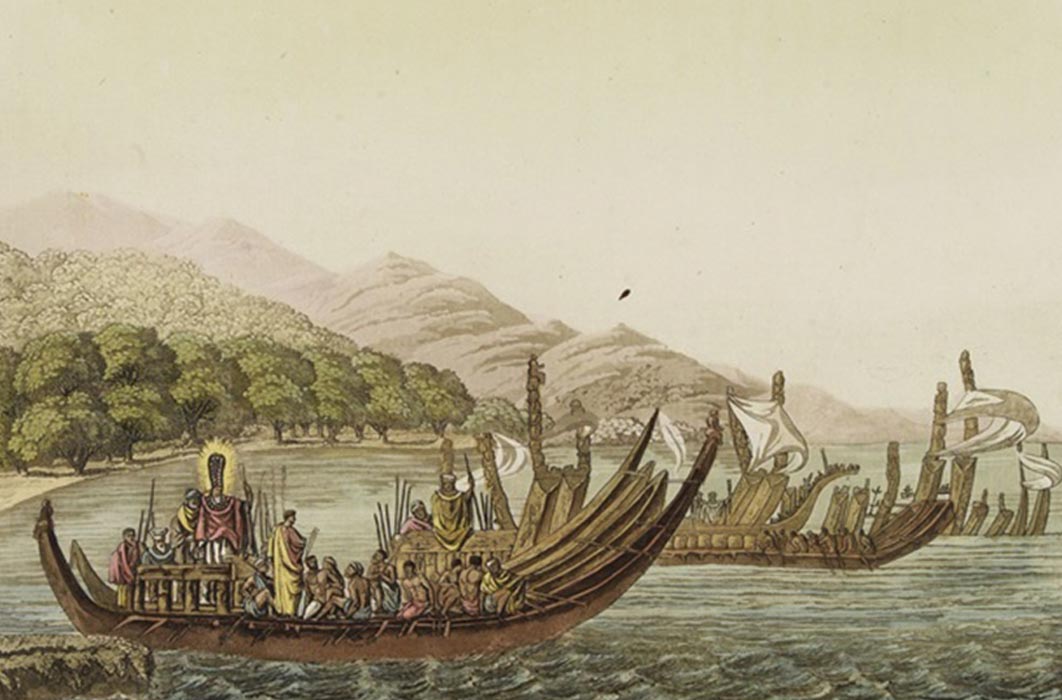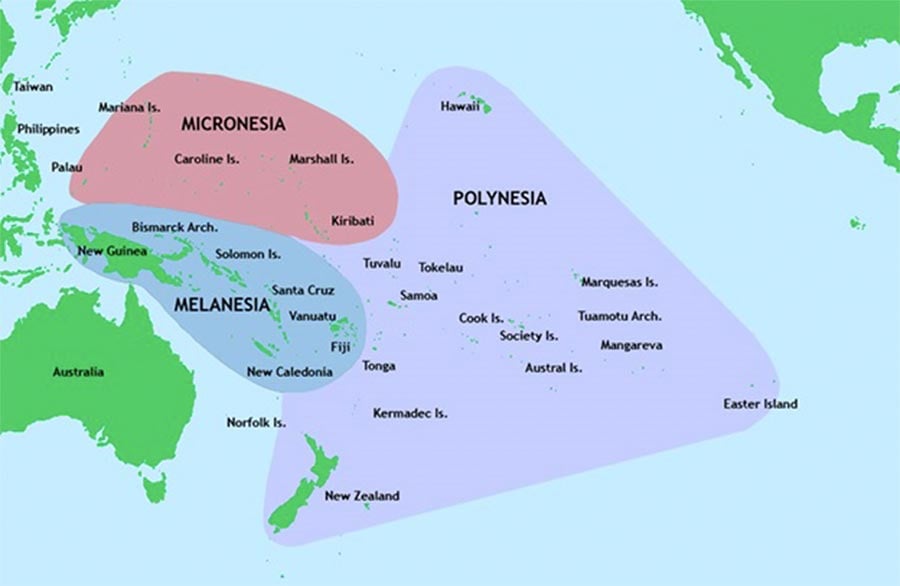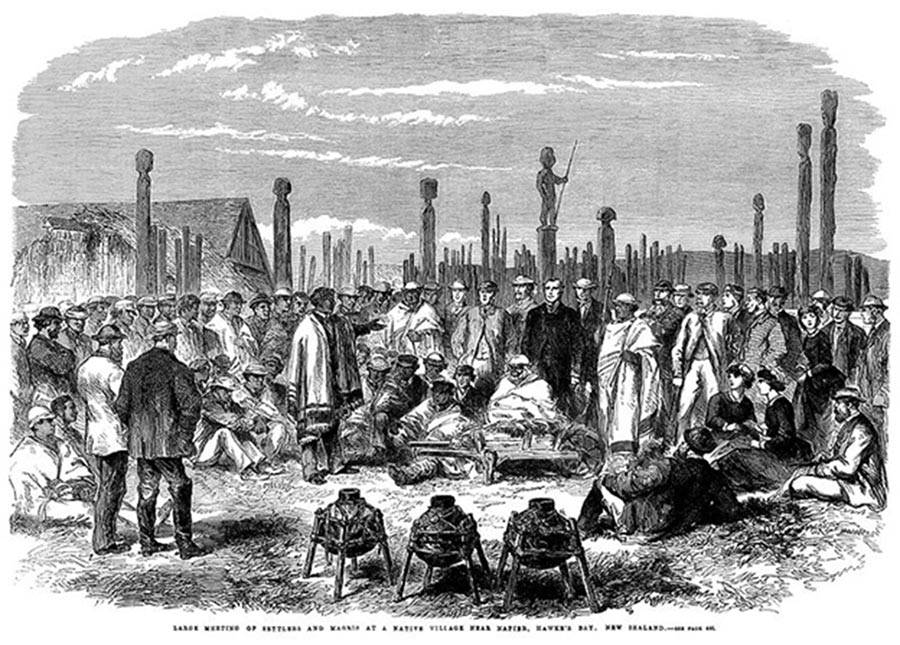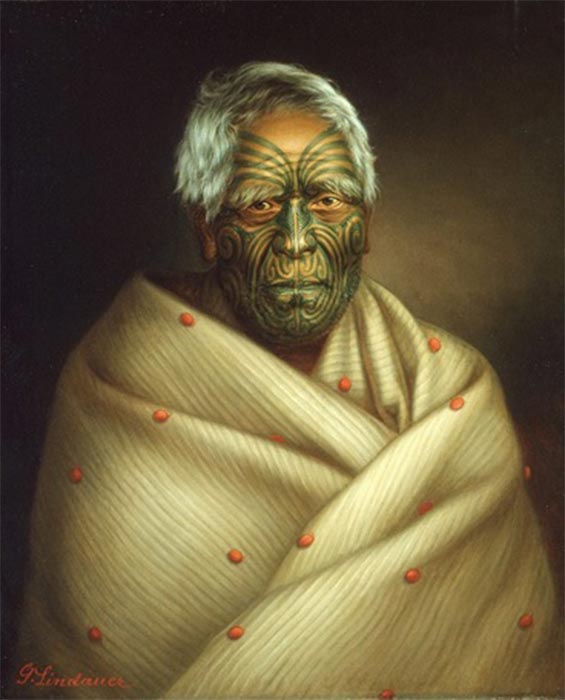
Pre-Historic Island Hopping ‘Hobbits’ in the South Pacific
Although New Zealand and the Philippines are separated by more than 5,000 miles (8,000 km), the stories of how people first migrated to them, and how those stories were treated by scholars, show clearly that, in the words of the poet Bob Dylan, "the times, they are a changin'." A new day has dawned in the field of human origins.
When Peter Jackson set up shop in New Zealand to spend 10 years filming his double trilogy-set of Lord of the Rings and The Hobbit, he created a new tourism industry and reminded people all over the world of the beauty New Zealanders see every day. The first trilogy, released to the public in 2001, took the film industry by storm. But by 2012, when the second set began to fill theaters all over again, historians were prepared with a new set of books that explored New Zealand's mysterious background as well as its impressive beauty.

Three of the major groups of islands in the Pacific Ocean (Public Domain)
Discovering New Zealand
Traditional historians tell that New Zealand was the world's last large island to be discovered and populated. The ancestors of the Māori were the first to arrive, making the discovery when they explored the Pacific from their home base in Polynesia. They even remember the name of the navigator who made the discovery — a man by the name of Kupe. That being said, there are alternative possibilities that have a long and illustrious history. Some versions say the original pioneers were Celts, Greeks, Egyptians, or even Chinese. One of the first alternative studies is found in a booklet called Lords of the Soil, written by Kerry Bolton in 1987. He put forth the theory that Europeans, or, in his words, ‘a Europoid race’, populated the country ever since ancient times.

Meeting of Settlers and Maoris at Hawke's Bay, New Zealand (Adam Cuerden/ CC BY-SA 3.0)
In 1999, Martin Doutré published a book, now out of print, that revived the idea that the first people to populate New Zealand were Celts. The petroglyphs found to this day in Silverdale, on the north island of Auckland, he says, are proof of ancient Celtic artists. The year 2012 saw the release of the first Hobbit movie, as well as two books that presented further alternative origin views. The Great Divide: The Story of New Zealand & Its Treaty, was written by Ian Wishart. To the Ends of the Earth, by Maxwell C. Hill, put forth the idea that the first New Zealanders were from Egypt and Greece.
The Maori Elders: Light Skinned Inhabitants
The Ngāpuhi are the largest Māori tribe existing today. One of their elders, David Rankin, recalls stories long told by his ancestors that a mysterious people with light-colored skin lived on the islands when the first Māori arrived. Mixed with these legends were tales of red-haired giants. Rankin goes so far as to suggest that academics have joined in a conspiracy to suppress this information and that many modern scholars refuse to honor the traditions and mythology of an indigenous people. Perhaps he has a point. The words of Michael King, who wrote what is considered by some to be a definitive history of New Zealand, do have a ring of arrogance: "Despite a plethora of amateur theories about Melanesian, South American, Egyptian, Phoenician, and Celtic colonization of New Zealand, there is not a shred of evidence that the first human settlers were anything other than Polynesian." Hugh Laracy, of the University of Aukland, goes so far as to say alternative theories are: "wild speculation [that has been] thoroughly disposed of by academic specialists."





